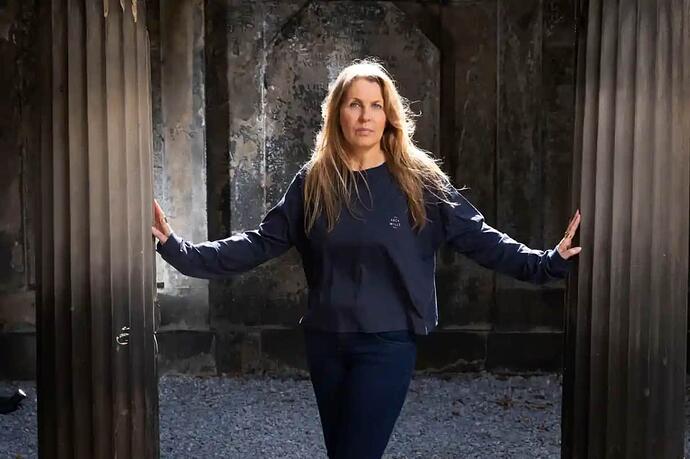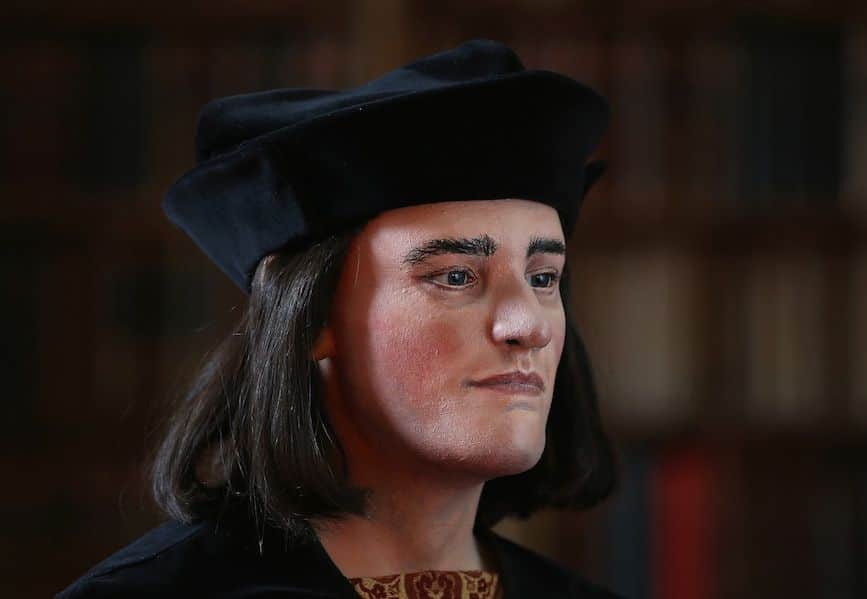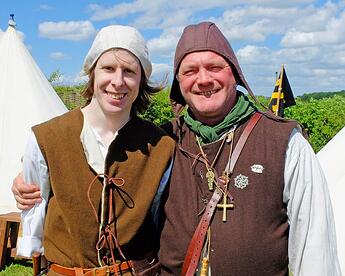I watched that, too:
23 January 2013
Richard III’s claims to infamy are many: he was the last king to die in battle - his death at the Battle of Bosworth, where he was said to be dragged from his horse and struck on the head with a poleaxe - effectively ended the Wars of the Roses. Thus resulting in a Tudor dynasty lasting more than a century. He has long been connected to the disappearance of his young nephews - the ‘Princes in the Tower’ - and his repulsive depiction as a hunchback villain in William Shakespeare’s play ‘Richard III’ is probably his most recognisable representation.
This film, presented by actor and writer Simon Farnaby, charts the remarkable detective story that led to the dig. Screenwriter and member of the Richard III Society Philippa Langley has spent the last three years on a personal quest to uncover the remains of the Franciscan friary of Greyfriars where she believes he was hastily buried after the battle. Driven by a burning sense of injustice on behalf of his widely-accepted negative portrayal as one of the most reviled Kings of England and a desire to reclaim his reputation, for Philippa, finding his body could disprove he was a hunchback and expose Shakespeare’s play as Tudor spin and propaganda.
With the support of historians, the University of Leicester’s archaeologists identified a possible location of the monastery as the car park for Leicester City Council’s Social Services department. However as Richard Buckley, Head of the University of Leicester’s Archaeology Services tells the programme: “…the chance of finding Richard was, I don’t know, a million to one.” Yet the dig commenced and on the very first day a male skeleton was discovered - which careful examination would later reveal to have curvature of the spine and battle injuries including a head wound.
Riveting stuff … not least, IIRC, because, coincidentally, a medieval fight re-enactor, of Richard’s build AND with scoliosis of the spine, was located.
Philippa’s role in the discovery was subsequently and deliberately undermined by “professionals” who “hijacked” the glory.





 ) Again, it’s noticeable how quickly “Admin” jumps on the bandwagon for the press conference …
) Again, it’s noticeable how quickly “Admin” jumps on the bandwagon for the press conference … 



